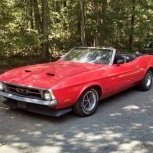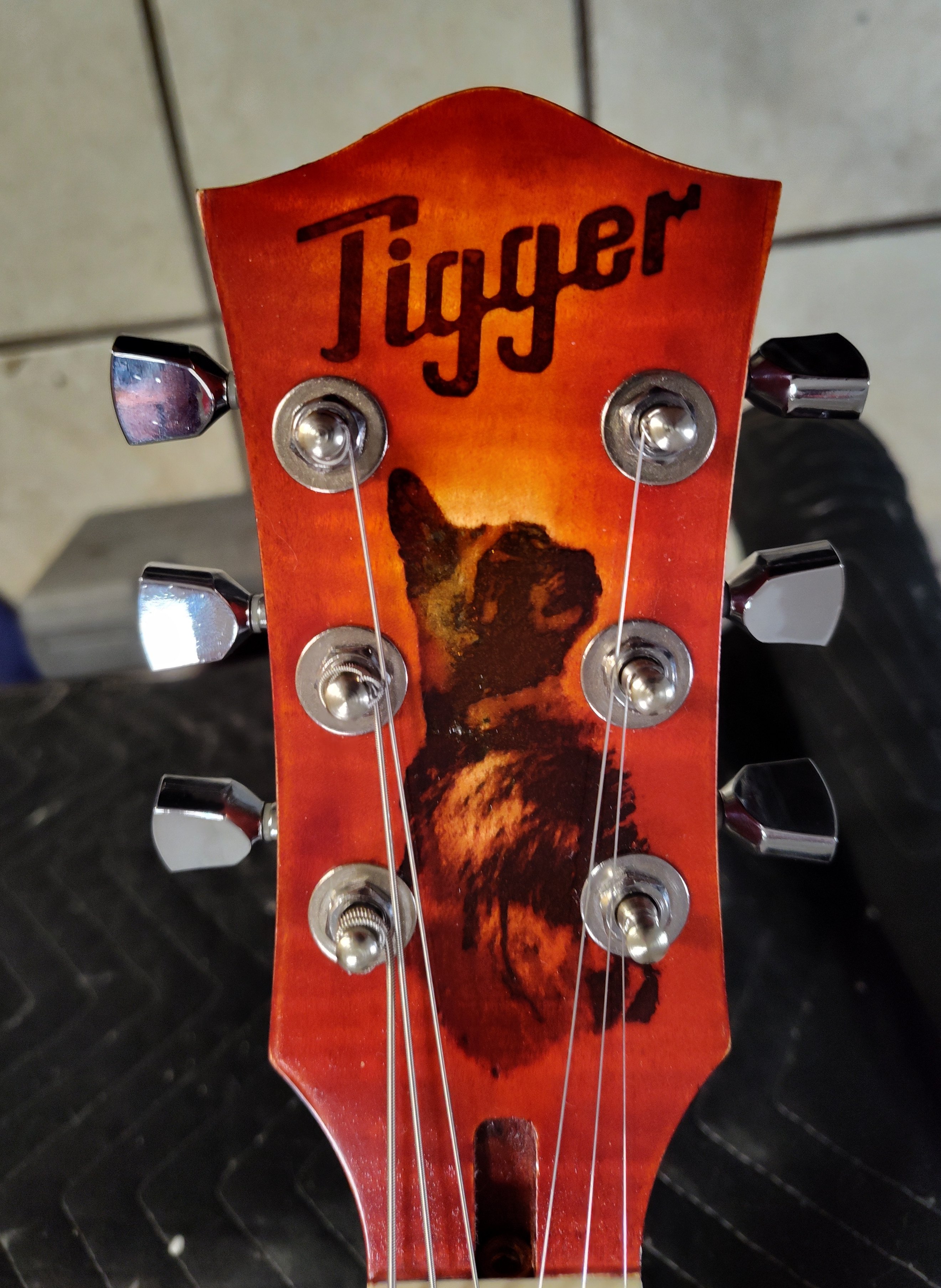-
Posts
2,083 -
Joined
-
Last visited
-
Days Won
1
mettelus last won the day on January 28 2024
mettelus had the most liked content!
Reputation
1,728 ExcellentRecent Profile Visitors
The recent visitors block is disabled and is not being shown to other users.
-

Old projects created in SONAR professional using TH3 from overloud
mettelus replied to warrickhale's topic in Cakewalk Sonar
This was sort of mentioned above, but any registration associated with the TH line should be done through Overloud (support link here), not Cakewalk. Have you tried reaching out to them directly? Overloud was one of the few vendors who bent over backwards to support the SONAR refugees during the great Gibson debacle (even unlocking the Cakewalk-specific plugins for us). Their support team is top notch... I recommend reaching out to them directly and explaining your situation. You most likely have an account with them already if you registered TH3, but your situation is one I am sure they are aware of (the Cakewalk-specific versions "vanished"). Of the few times I have touched base with them, issues were resolved in less than a day with a single email. -
Boy, I admit "white pine" stuck out to me initially, but then I thought, "Alder is one of the softer hardwoods, so is white pine really that far of a stretch??" I have played with enough unseasoned white pine over the years, that I tend to think of that rather than the times when I have pulled seasoned white pine out and realized how hard it had become. Thanks for posting that video (very nice)! If you hadn't posted that I might have blown off "white pine" without even thinking about it @Rain I am glad things averted disaster! When I saw the SG comment that just made me cringe!
-
^^^^ Being new this step probably tripped you up (it does for many). Like a few other drum instruments, Session Drummer comes up with no default kit loaded... sure the GUI is there, but the kit is actually empty (no sounds). Just to reiterate the obvious, MIDI itself is simply note data (cannot hear anything without a virtual instrument to play those notes). Most virtual instruments let you click on the GUI (either virtual keyboard, kit pieces, or even a play/preview button), so you can test the instrument before you get into composing.
-

Using Melodyne on vocals with some piano bleed over
mettelus replied to T Boog's topic in Production Techniques
It does Because of the fuller sound a piano produces (multiple strings per note), this "trick" can be used to fill out otherwise thin VSTis. Same notes on a piano (essentially layered), but at a significantly lower volume (and maybe tweak the attack to match the instrument you are embellishing, or just use a "soft" piano). Pianos are very versatile to add frequency content without being obvious when desired. -

Using Melodyne on vocals with some piano bleed over
mettelus replied to T Boog's topic in Production Techniques
+1 to the end product is what matters. Frequency masking is your friend in that case, as the louder (original) piano track will get more focus by the listener. Another thing you can try in a track bleed scenario is make a copy of that piano track, phase invert it, and knock the gain down to match the bleed part on the vocal track. That should cancel out most of the bleed (may need to adjust timing on it a smidge), then you can bounce both those 2 tracks to a new one and use Melodyne as previously. -
Can you explain this a little more, please? At first read this came across as "audio ducking" to me, where one audio source is compressed to allow the other to be heard. If this is the case, that is not controlling the MIDI on the other track but rather the audio via a side-chained compressor on the audio output (the input to that side-chain is the controlling track, which is your case is the guitar).
-
The main difference is that the Aux Track gives you the ability to record (and other track functionality). The Aux Tracks (and Patch Points) came into being for a few reasons, but the most noteworthy for me was that a synth with multiple oscillators that are not synchronized internally to each other can create a vastly different performance each pass from the same MIDI input. The Aux Tracks gave the ability to capture that performance as a wav file so you have a permanent copy of that specific run. There is also functionality embedded into Aux Tracks to prevent feedback loops, so unless you specifically need track functionality with something, busses are often preferred for FX processing.
-
This may be simpler, and you don't need to separate the track (slightly different approach here), but would need multiple copies (one for each piece you want to break out). Since you will be feeding transients into the drum machine, they don't need to sound good, but be accurately timed (for the trigger). Example... if you run a narrow/high Q EQ on a copy of the audio drums to isolate the snare hits, you can bounce that and do the audio-to-MIDI conversion to get only the snare. Repeat for the other pieces you want to use. You can even save that as a track template to do this and then would only need to copy the audio and tweak each piece's EQ frequency once you get the EQ initially set up.
-
The quickest way to split apart an assembled MIDI drum track is to select each piece by clicking the MIDI note on the left edge of the PRV. Once selected, you can shift-drag those to the appropriate drum machine track. If you can feed the drum machine the assembled track, the same selection technique helps with moving MIDI notes to the proper row; select them all on the left, then drag them to where they need to be.
-

Carol Kaye Declines Rock and Roll Hall of Fame Induction:
mettelus replied to Old Joad's topic in The Coffee House
Or... do a performance with studio musicians (e.g., Toto) then decline the award in person when presented, similar to what Marlon Brando did in 1973. Nothing puts the "powers that be" on the spot more than a highly publicized face-to-face put down. They cannot hide that with social media white wash, and it would last forever. -
There can be a lot of variables at play that can cause this (other apps, plugins, driver settings, audio buffers, graphics, system settings, etc.). The best place to start is to download and run LatencyMon, which will give insight into the processes running on your machine (tab on the top of LatencyMon). Run that in tandem with CbB, and if you are getting crashes while recording, you can also try simple playback of the project to see what the results are. Run LatencyMon for a few minutes, then stop it and look through the tabs at the top (specifically "Stats" and "Processes"). You can order the columns when reading that by clicking on the very top of each column, and you specifically want to find what processes have the highest values.
-
Not sure, that could very well be a defunct plugin. When I first saw it I clicked on the "Home Page" button and it went no where. The people who made it may no longer exist or maintain it. The date on that maintenance page is 2022, so that doesn't bode well Sorry about that. Actually... specifically searching for Monster Drum revealed a version 2 at this site. I just downloaded the VST3 version to be sure it was there, but did not install it. The installation instructions are on that page. The last comment on that page is from a month ago, so that is a good sign.
-
Noise removal/stem separation tools are rarely something that are "fire and forget" unfortunately. Pretty much all instruments overlap the midrange, so the timbre is often what differentiates them. Even with advances in AI algorithms, many instruments (voice included) have frequency ranges that get separated into the wrong bucket, so there can be a lot of surgical manipulation/recombination required to get the actual instrument isolated. The higher end tools (e.g., iZotope RX, Steinberg SpectraLayers, etc.) actually have drawing tools for the spectrogram to assist in that surgery. My ultimate concern is that most audio apps deal with visual representations of audio, so unless it is a "fire and forget" operation, you could be delving into something you weren't anticipating. Again, if you are willing to post that audio for others to look at (either here or via private messages), I think you might be surprised by those willing to help you out. It also gives folks an immediate understanding of the complexity of your undertaking, or even alternative methods to achieve your goals.




.thumb.jpg.eaad641f73d276ceb5533b13026779ae.jpg)

